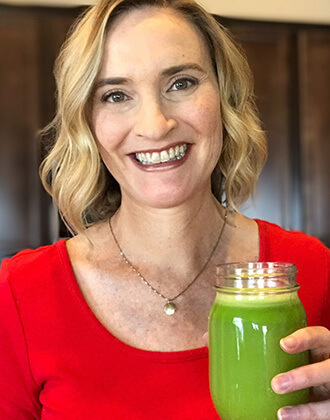You might be surprised to find out that all you need to start a home juice business is a commercial juicer, a decent sized kitchen and social media presence or website………..and a little bit of emotional tenacity to work outside your comfort zone. But that’s the secret ingredient to all successful businesses.
But let’s start from the beginning.
As with any home business, the key to success is planning and having the right strategy. You want to ensure that you are prepared to squeeze the maximum profit from every piece of fruit and vegetable you throw in that juicer.
Before we go through the things you will need to start up your home juice business, there’s one thing to remember. It’s up to you to find out what the regulations are around home businesses. If you get big, you may have the FDA on your doorstep asking you to move to a commercial kitchen at some point. But if you get THAT big, that’s something you can afford.
Essentials to Start Your Own Home Juice Business
-
The Perfect Recipes
All you need is a handful of recipes that are tried and tested by your friends and family. You must focus on getting the balance between sweet and sour precisely right. We include hundreds to choose from in our Juice Guru Certification Program.
A core menu of 6-8 recipes is enough. You’ll want to produce a few straightforward juices, along with a few that have novel sounding names – the hairy hangover cure!
This number of options gives you plenty to promote a full juice cleanse package. However, not so many ingredients that you find it challenging to manage your menu and your overheads. Also, consider having 1-2 wellness shots or nutritional supplement add-ons to increase options.
-
Calculate the Cost of Ingredients
The idea of starting a juice business isn’t only to have delicious recipes. It needs to make you money. That means keeping your ingredients cost down around the 25% mark of the final price to be profitable.
The additional costs you need to consider are packaging. That can add another 5-15% on top, making the total costs of goods to 40%. When running a home juice business, you must keep your cost of goods between 30-40% to make it profitable.
-
The Right Commercial Juicer
Your equipment is going to be the most significant investment in this business. But you can’t skimp on your commercial juicer. Purchasing a juicer that isn’t rated as commercial (which means can run continuously), you take the risk of spending more on multiple machines, repairs, replacement parts and labor costs. Not to mention the frustration and costs of downtime.
What you need to consider when buying a juicer:
-
- It needs to be genuine.
- It’s NSF certified. The regulations in the US stipulate all commercial food and beverages must be produced on foodservice equipment that is NSF certified.
- It can expand with your business. When you invest in a great machine, ask the question whether it will be able to grow with your home juice business.
-
Other Essential Equipment
Portion scale – this is a digital kitchen scale that is used to weigh ingredients for recipes.
Quality Containers – using a set of quality products to store juice, produce, and other things are essential.
An exceptional knife – A razor-sharp knife to quickly chop produce and peel citrus makes a world of difference. A good 6-8 inch knife will be sufficient.
Cutting boards and other small homewares – These include large metal spoons, a few strainers, and measuring cups and spoons. They’ll make life easier and less messy.
-
Getting Orders
You will need a way to take orders and the most efficient way to do this is through an online store. With Facebook Shops coming on board, you may be able to set this up as well for free.
You can’t make an impact without excellent content. Think about getting a food photographer to capture your juices. It’s well worth the investment and will whip up sales. You can also hire someone to do the written content to educate your customers on the benefits of drinking fresh juice.
-
Schedule the Production
It would be best if you worked out a production schedule before you go live. Home juice business aren’t able to stock juice due to quality concerns. They prefer to take orders and produce the product on a regular schedule. An example of this would be:
Orders placed Mon-Wed and have the juice distributed on Thursday.
Orders placed on Thur–Sun and have the juice distributed on Monday.
Producing a schedule lets you map out your production. This decreases the risk of waste and overheads from incorrectly estimating product requirements.
-
The Right Bottles and Packaging
Glass bottles are desired by the community – both for the environment and aesthetics. Most companies now use a smaller bottle size (12oz) due to the lower price point, and many people prefer not to drink a larger juice.
-
Delivery/Pick up Options
If you plan to open your business in a dense urban area, make sure you are clear about your delivery boundaries on your sales page when people are ordering. Otherwise you will run the risk of having to find a full-time delivery driver. If you live rurally, consider organizing with the local general store for your customers to pick up their juice on scheduled days.
Starting a home juice business can be the scariest but the most satisfying thing you do in your life.
It’s a challenging decision to make, but at Juice Guru, we have your back. Become a Certified Juice Therapist, and we can give you the tools to go out and do what is tugging at your heart. To be your own boss and have control of your destiny in the health and wellness industry.











